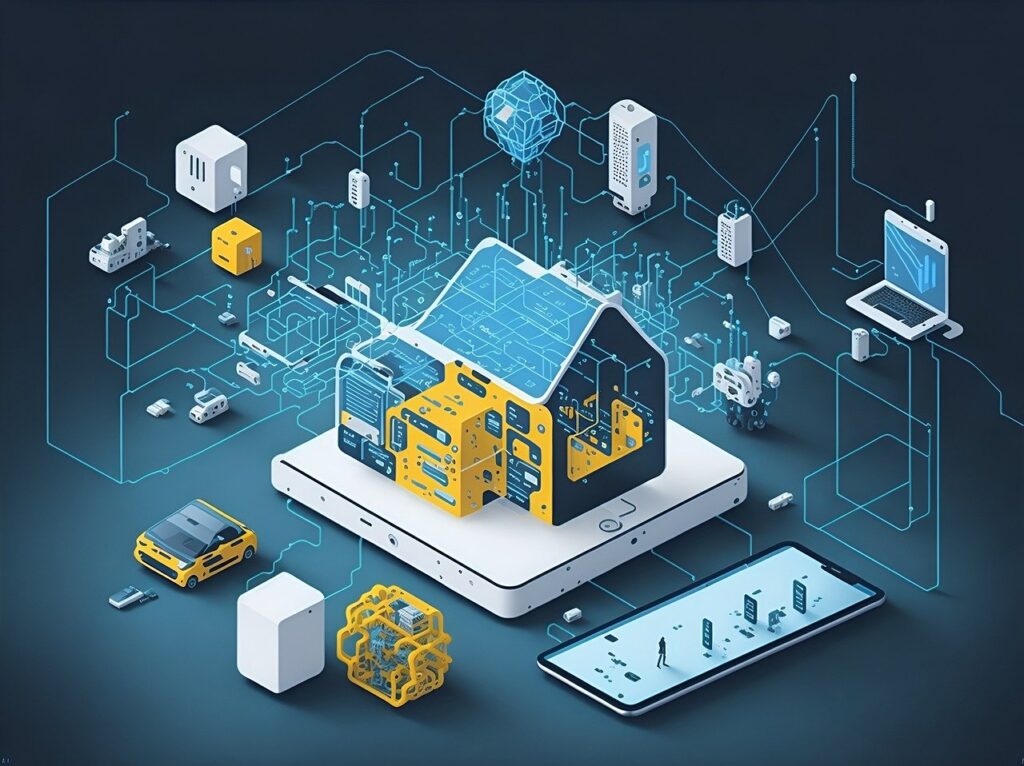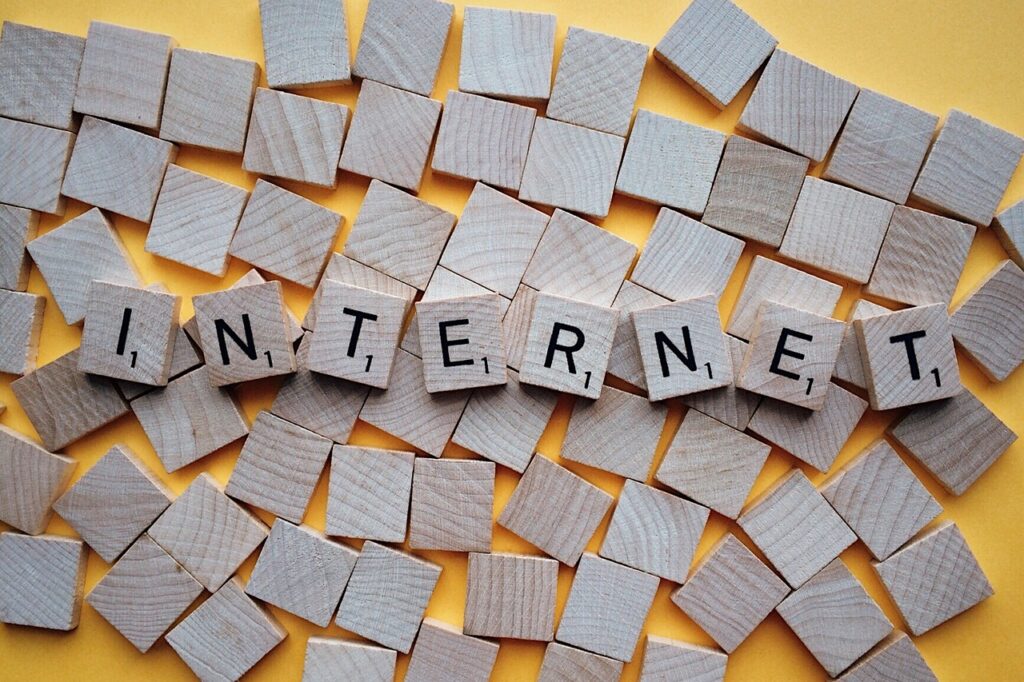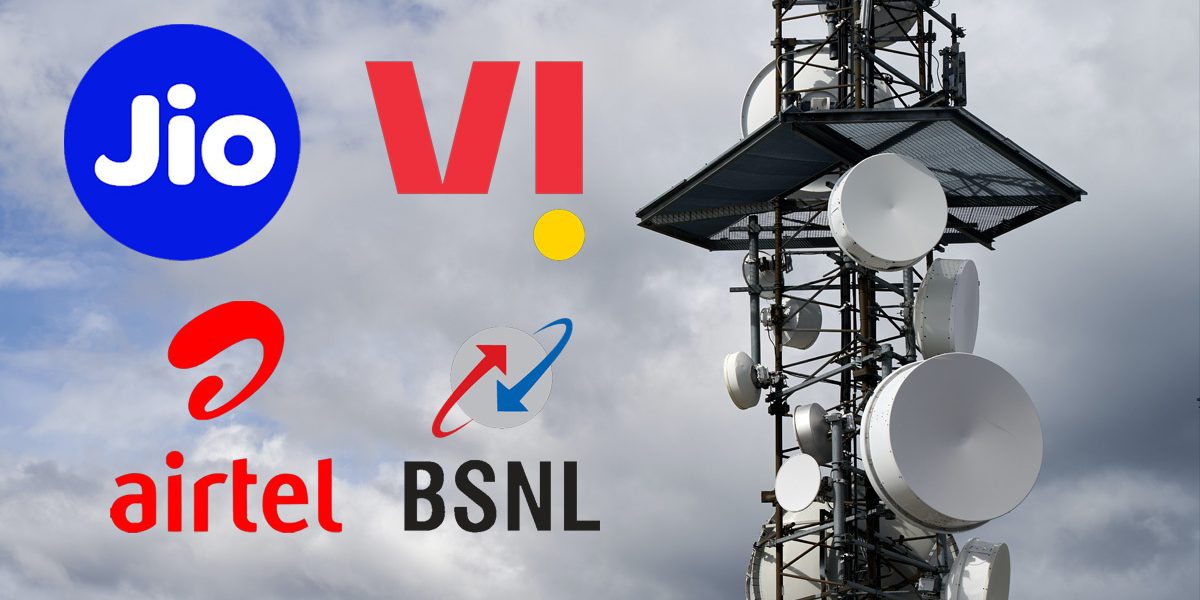
The evolution of telecommunications has been a crucial aspect of technological advancement globally. The journey has been phenomenal from the early days of 1G, primarily about voice communication, to the current 4G, which has revolutionized internet usage and connectivity.
Now, the world stands on the brink of a new era with the advent of 5G technology. India, a burgeoning technological and digital innovation hub, is poised to embrace this transformation. The rise of 5G telecom in India promises to be a game-changer, offering unprecedented speed, connectivity, and potential for innovation across various sectors.
5G, or fifth-generation technology, represents the next leap in mobile network technology. Unlike its predecessors, 5G is designed to offer ultra-high-speed internet, extremely low latency, and the ability to connect a vast number of devices simultaneously. This leap is not just incremental; it is transformational. The foundations of 5G lie in enhanced Mobile Broadband (eMBB), Ultra-Reliable Low-Latency Communication (URLLC), and massive Machine Type Communication (mMTC).
India’s telecom sector has undergone significant changes over the past few decades. The introduction of 4G LTE networks in the early 2010s brought about a data revolution, with affordable internet access becoming a reality for millions of Indians. As a result, India now has one of the world’s largest and fastest-growing telecom markets.


There can be many reasons that can address 5G need in India but the most important ones that can be considered crucial for development are data consumption, data transformation, and Economic growth.
India needs 5G to address the burgeoning demand for data and support the nation’s ongoing digital transformation across various sectors. The exponential increase in data consumption, fuelled by affordable smartphones and data plans, has pushed 4G networks to their capacity limits. 5G technology, with its superior speed, increased capacity, and low latency, is essential to meet this growing demand and provide reliable, high-quality internet access.
Moreover, 5G is crucial for the digital transformation of key sectors such as healthcare, education, agriculture, and manufacturing. In healthcare, 5G enables remote surgeries and real-time patient monitoring; in education, it supports immersive learning experiences through AR/VR; in agriculture, IoT devices powered by 5G offer real-time data on soil conditions and weather patterns, enhancing productivity; and in manufacturing, 5G facilitates smart factories with interconnected machines, boosting automation and efficiency.

Economically, 5G is expected to be a significant growth driver. According to the Indian Council for Research on International Economic Relations (ICRIER), 5G could add $450 billion to India’s GDP by 2035. This economic boost will come from new business opportunities, job creation, and increased revenue streams, underscoring 5G’s pivotal role in India’s future economic and technological landscape.
Understanding the need the Government of India took steps to complement the development of the 5G rollout.
Key initiatives and policies for 5G deployment in India include the National Digital Communications Policy (NDCP) 2018, which aims to establish a robust digital communications infrastructure. This policy focuses on spectrum allocation, network modernization, and promoting indigenous technology development. The government has conducted multiple spectrum auctions to provide telecom operators with necessary frequencies, including the 700 MHz, 3.3-3.6 GHz, and 26 GHz bands. Additionally, the Department of Telecommunications (DoT) has facilitated collaborations and trials among telecom operators, equipment manufacturers, and research institutions to test and validate 5G technology in real-world scenarios, ensuring its readiness for nationwide deployment.

Leading telecom operators in India, including Reliance Jio, Bharti Airtel, and Vodafone Idea, are driving 5G deployment with ambitious plans. Reliance Jio, a market disruptor, aims to roll out a comprehensive 5G network across India by 2023, leveraging its extensive fiber optic network and partnerships with Qualcomm and Google. Bharti Airtel has successfully conducted 5G trials in multiple cities, showcasing high-speed internet and low latency, with plans to initially cover major urban centers followed by rural areas. Despite financial challenges, Vodafone Idea is committed to 5G deployment, conducting trials and exploring partnerships to ensure a smooth transition.
The implementation of 5G technology will enable a range of innovative use cases across various sectors. In healthcare, 5G will facilitate remote consultations, telemedicine, and real-time patient monitoring, supporting advanced applications like robotic surgeries and AI-driven diagnostics. In education, it will make virtual classrooms and immersive learning experiences more feasible, bridging the digital divide. For agriculture, 5G will enhance precision farming through real-time monitoring of soil, crops, and weather conditions. In manufacturing, it will drive the adoption of smart factories with interconnected machines, improving automation and efficiency. Additionally, 5G will support the development of smart cities by enabling smart grids, intelligent transportation systems, and efficient waste management.
Despite the immense promise of 5G, several challenges must be addressed for its successful implementation in India. High spectrum costs could affect the financial viability of telecom operators, necessitating balanced spectrum pricing. Significant infrastructure upgrades, such as installing small cells, fiber optic cables, and new base stations, are required, especially in rural areas. Regulatory hurdles, including streamlined approvals and right-of-way issues, must be resolved for a smooth rollout. Cybersecurity is a major concern, with robust measures needed to protect 5G networks from cyber threats. Additionally, the substantial financial outlay for deployment requires telecom operators to secure adequate investment and funding.
Despite the challenges, the future of 5G in India looks promising. Continued government support, strategic partnerships, and innovative solutions will be key drivers of success. The phased rollout of 5G, starting with major urban centers and expanding to rural areas, will ensure widespread access to this transformative technology.
The rise of 5G telecom in India marks a significant milestone in the country’s technological journey. The potential benefits of 5G are immense, promising to revolutionize various sectors and drive economic growth. While challenges exist, the collaborative efforts of the government, telecom operators, and other stakeholders will pave the way for a successful 5G rollout. As India embraces this new era of connectivity, it stands poised to unlock new opportunities, bridge digital divides, and emerge as a global leader in the digital economy. The advent of 5G is not just a technological upgrade; it is a leap towards a smarter, more connected, and innovative future for India.
